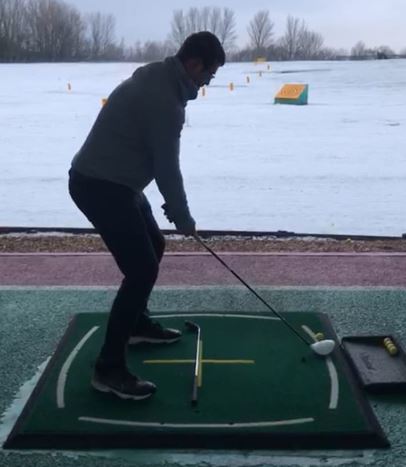Poa Annua Vs. Bentgrass Greens – How They Differ And What’s Better
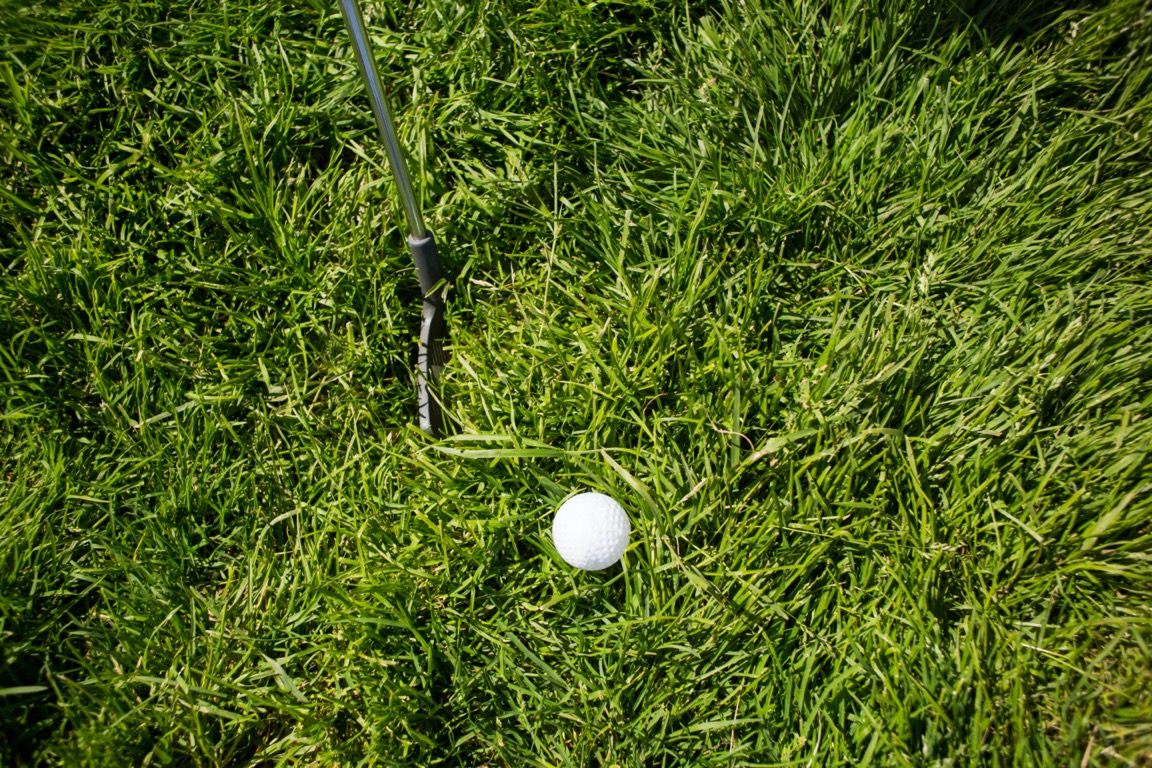
Intro
Having grown up in the UK, you never actually consider what type of grass your putting on. If you play a lot of golf abroad you start to notice strange things happening on the greens and this is usually down to the grass that grows on them. Ever think about grain?
If you speak to good golfers from the US, they will be able to tell you about various grass types and what that means for putting surfaces. Today we are going to get into this topic a little so that you can learn more about what covers the dance floor.
Intro To Poa Annua Vs. Bentgrass Greens
Often just referred to as poa, poa annua is a much maligned grass on the greens. Many know this as the grass that makes greens bumpy but that is a very fair description. This is in comparison to the king of the moss, bentgrass the much lauded putting surface grass.
If you’re playing golf in the US or another hot climate and hear that you are playing on bentgrass greens then you should be in for a treat. Most would say that this grass makes for the smoothest putting surfaces but it comes at a cost.
Poa Annua Grass Greens
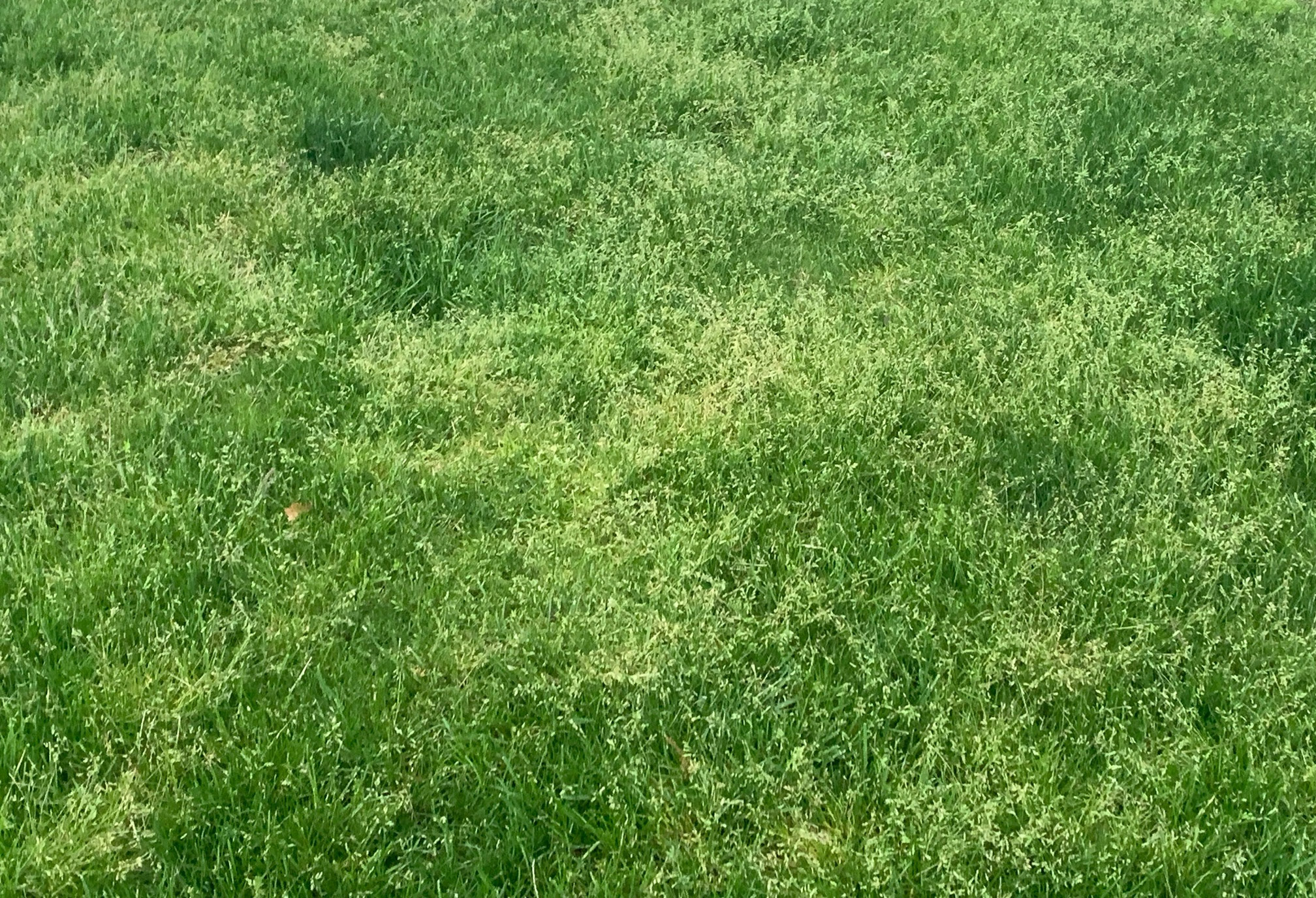
3 Selling Points
- Poa is a fairly hardy grass and tends to do well in warmer climates, it prefers hotter weather than bentgrass.
- This is also a fairly tough grass in that it can deal with shade and high levels of traffic well.
- Once poa is mature, it grows very densely and upright which can make for gorgeous greens.
Key Features
One of the most important features of poa is how well it can handle high traffic. For extremely busy courses in high temperature regions, this grass is an absolute dream. You get putting surfaces that simply defy belief under these tough conditions for the plant.
The young immature version of poa grows coarse leaves and seeds a lot, this can make for very bumpy greens which has give poa a bad name through the years. However, agronomy has advanced and we now know that the mature plant, when developed well, is brilliant for greens.
Pros and Cons
When venues like Pebble Beach, Winged Foot and Oakmont are putting poa in play then you know it can be great. The density that this grass grows at makes for great greens once it gets older and in the right conditions it makes for supreme greens.
It can be a bumpy grass if the weather hasn’t been great or if the plant is immature. This can make it a frustrating grass to putt on, remember Chamber’s Bay? All in all it’s a good grass but it can be bad if not treated well which many dislike.
What’s It Like To Putt On?
Well it depends, as you’ve already read. It can be brilliant but it can also be really annoying. I have played on this grass and my experience has always been good, it is like a thick green carpet but it can get bumpy.
How Easy Or Difficult To Read?
Again, when it is in good condition then it is fairly easy to read. It doesn’t suffer with graining to badly and can be nice and smooth. When you catch it during a bad period then it is near impossible to read and the way it bumps around makes it kinda pointless to read anyway.
Who Will It Suit?
Poa greens tend to be a bit slower and so are great for most club golfers. They won’t scare the living daylights out of you thanks to being super slick but will be nice and smooth. On bad days they don’t suit anyone, it’s hit and hope time.
Difficulty Out Of 100
Good days – 10/100
Bad days – 85/100
Check Out More Reviews Here:
Bentgrass Greens
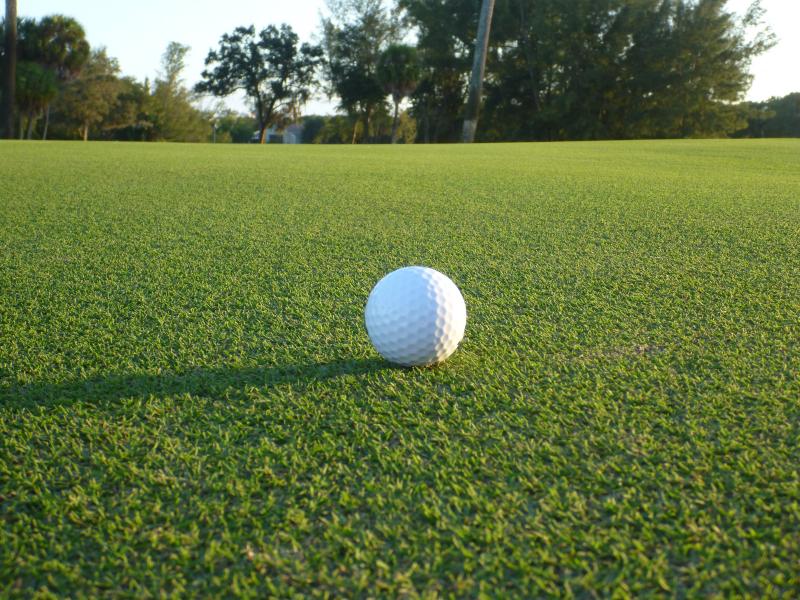
3 Selling Points
- This grass tolerates getting mown really low, they can create the slickest of greens
- It forms a flawless matt-like putting surface
- Bentgrass also handles high traffic quite well
Key Features
Bentgrass forms a sort of felt-like surface as the dense leaves mingle around one another. The plant has shallow and very dense roots which help it withstand traffic. The beauty of bentgrass greens are the complete lack of grain you get on these glorious greens.
This grass enjoys cooler temperatures and handles wetter climates well too. It won’t enjoy life in hot dry environments which is why you often see these greens in the UK. They can work in the US but a lot of work needs to be done to keep the plant thriving in tougher conditions.
Pros and Cons
You just don’t really get better turf for putting surfaces than bentgrass. They can get super fast and will roll so true that they are just a joy to play on. They also handle wet conditions really well which makes it a brilliant option for regions that can face this kind of issue in the year.
They don’t like the heat which can mean that they are regionally-excluded too. Bentgrass greens are in play at Augusta National and there is a reason they play the Masters in April. The shallow roots can be incredibly fragile in the winter and this is vital to be aware of.
What’s It Like To Putt On?
Properly cared for bentgrass greens are just as good as it gets. They can even be quite terrifying if they are mown right down and ironed. They run so true and you can trust your lines wholeheartedly. Again, they are the grass of Augusta National greens and more need not be said.
How Easy Or Difficult To Read?
Given the felt-like texture of this surface, these greens are probably the easiest you can play on when it comes to reading putts. There is no grain to consider and the consistency of pace should be fairly uniform. All in all you can really be confident in your lines when you’re playing bentgrass.
Who Will It Suit?
This question really comes down to how fast the greens are playing. If they are at a sensible pace then any golfer can play on and enjoy bet grass greens. If the greenkeeper is in a bad mood and wants to torture you with rapid greens they can and that can be scary for less skilled golfers.
Difficulty Out Of 100
Normal pace – 10/100
Rapid pace – 90/100
Check Out More Reviews Here:
Best Course With Poa Annua
Pebble Beach Golf Links
Home to this year’s US Women’s Open, Pebble Beach is one of the most famous golf courses in the world. Sitting on the pacific coast of California, poa loves coastal areas, it is a world class course. For them to be using poa just speaks to how good this grass is for putting surfaces.
Best Course With Bentgrass
Augusta National Golf Club
Probably the most famous and feared greens in all of golf, Augusta uses bentgrass for their greens. They use other grasses around the course but since 1981 they have been fully bentgrass on their greens. This allows them to get as slick as we love to see them every April at The Masters.
What Other Types Of Golf Grass
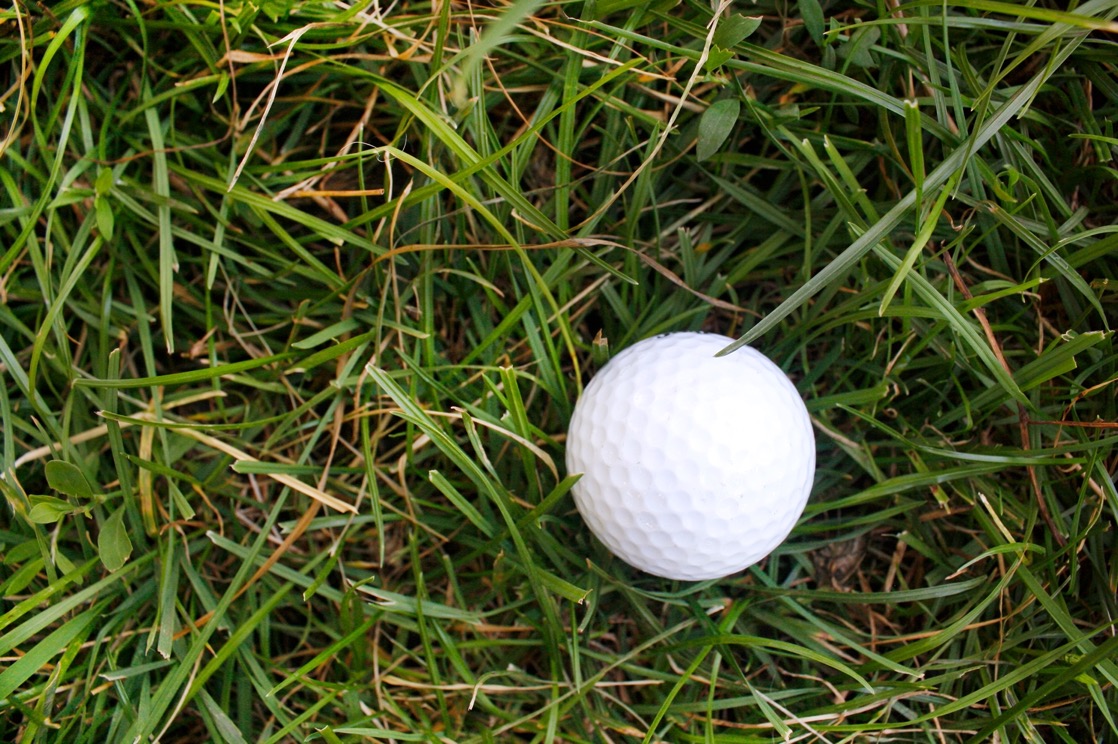
Fescue Grass
Often thought of as the grass that makes links courses so tough when you go offline, fescue grass can get tall and unruly. However, on the greens, when treated properly, it can make for really good and hardy putting surfaces. These greens do well in hot and dry climates.
Ryegrass
The jury seems a little out on this one but new variants have promise. Ryegrass grows vertically and can withstand the highest of traffic. Some variants can handle tight mowing but you need to be careful here. Ryegrass can give great striping effects so you can make it look incredible.
Bermuda Grass
Bermuda is a common turf seen on greens in the most extreme heat, think Florida and Dubai. It can handle drought fairly well too which can be great for areas that don’t have the best irrigation. Bermuda greens are very grainy and this brings a whole new dimension to reading putts.
Zoysia
This is a bit of an up-and-comer but it is a grass that requires far less watering than all of those mentioned above. For this reason it is being looked to as a way golf courses can improve their sustainability and impact on the environment by reducing their dependence on water.
Conclusion
You wouldn’t have expected this to be a simple subject. Golf is one of the most complex sports there is so it makes sense that the surfaces we play on are equally complicated. If you play a lot of golf around the world then you have probably played on a number of these different grasses.
It can be helpful to learn what grass makes up the greens you are playing on as it can have a huge effect on the way they will play. This is the kind of subject that the most ardent of golf geeks love to learn about but don’t worry if you’re just a hobbyist, leave that to the nerds.


